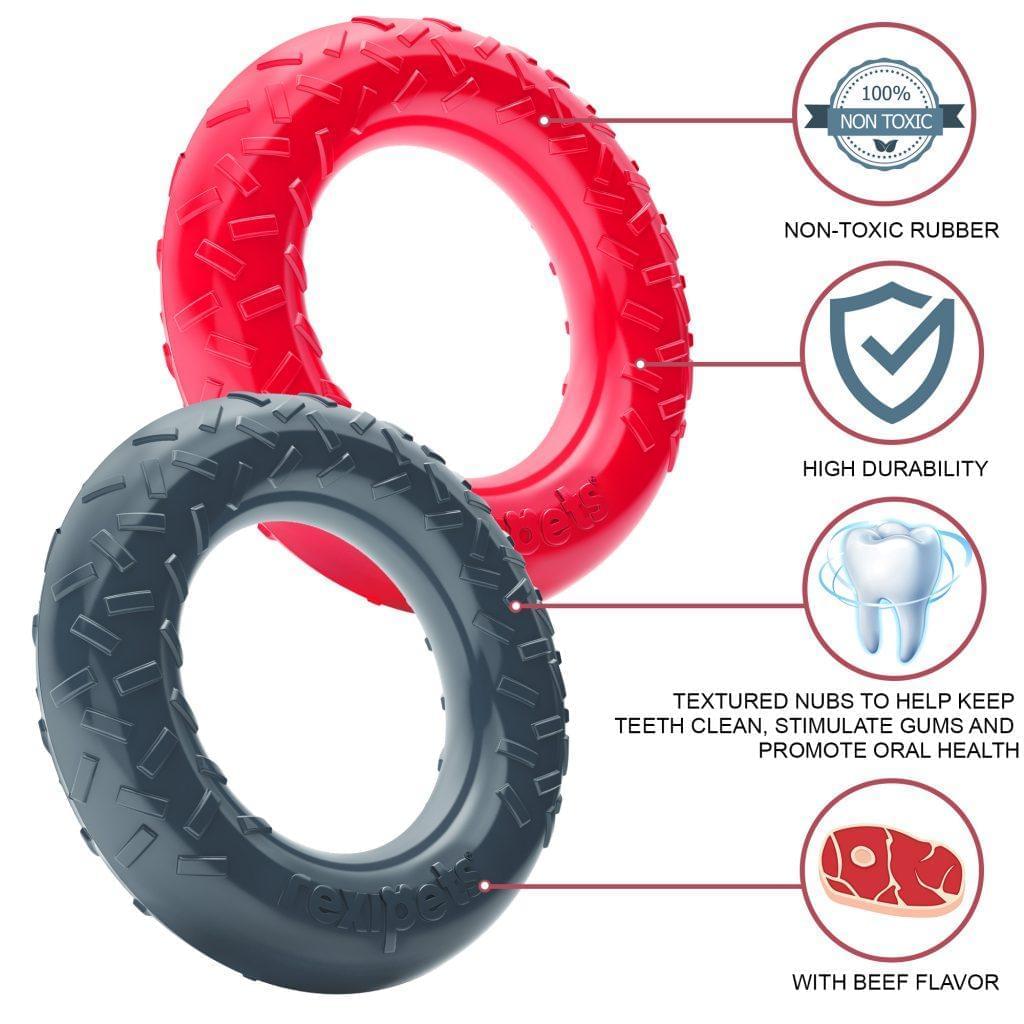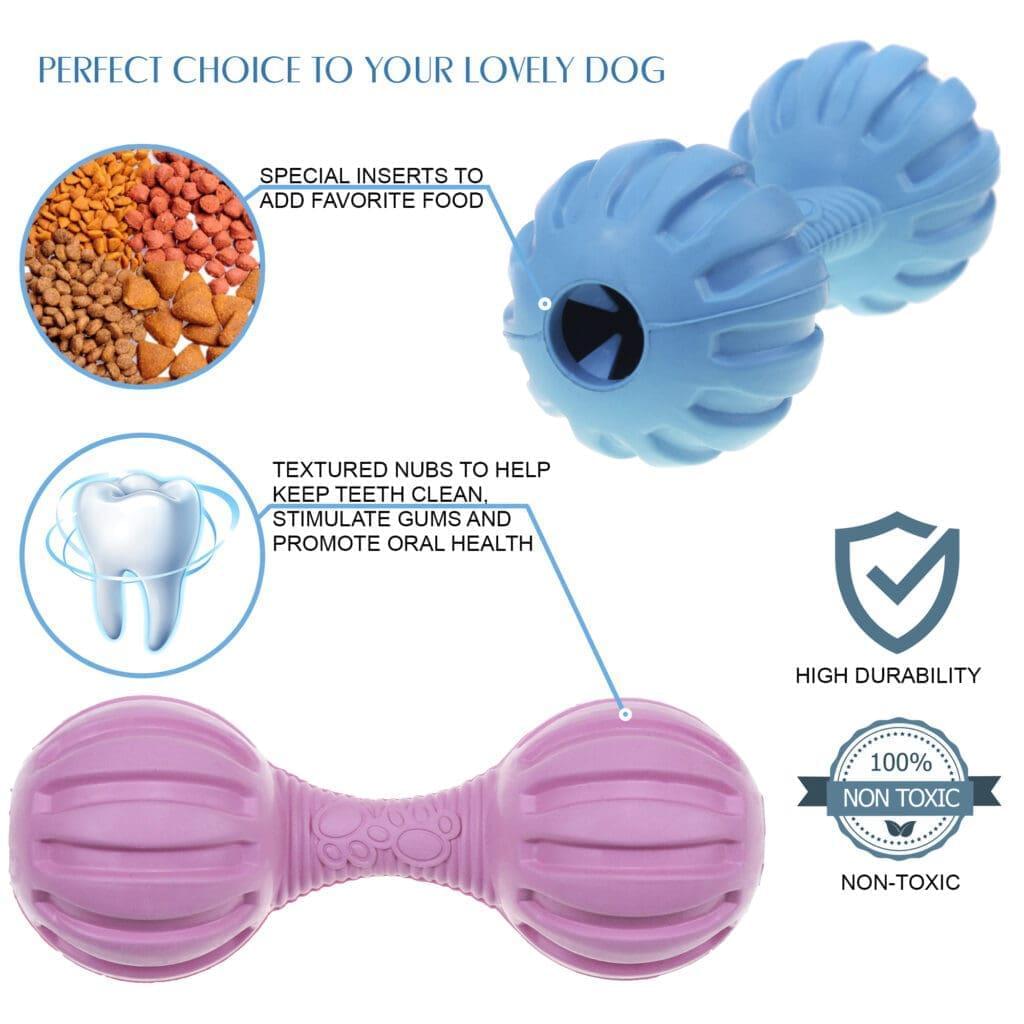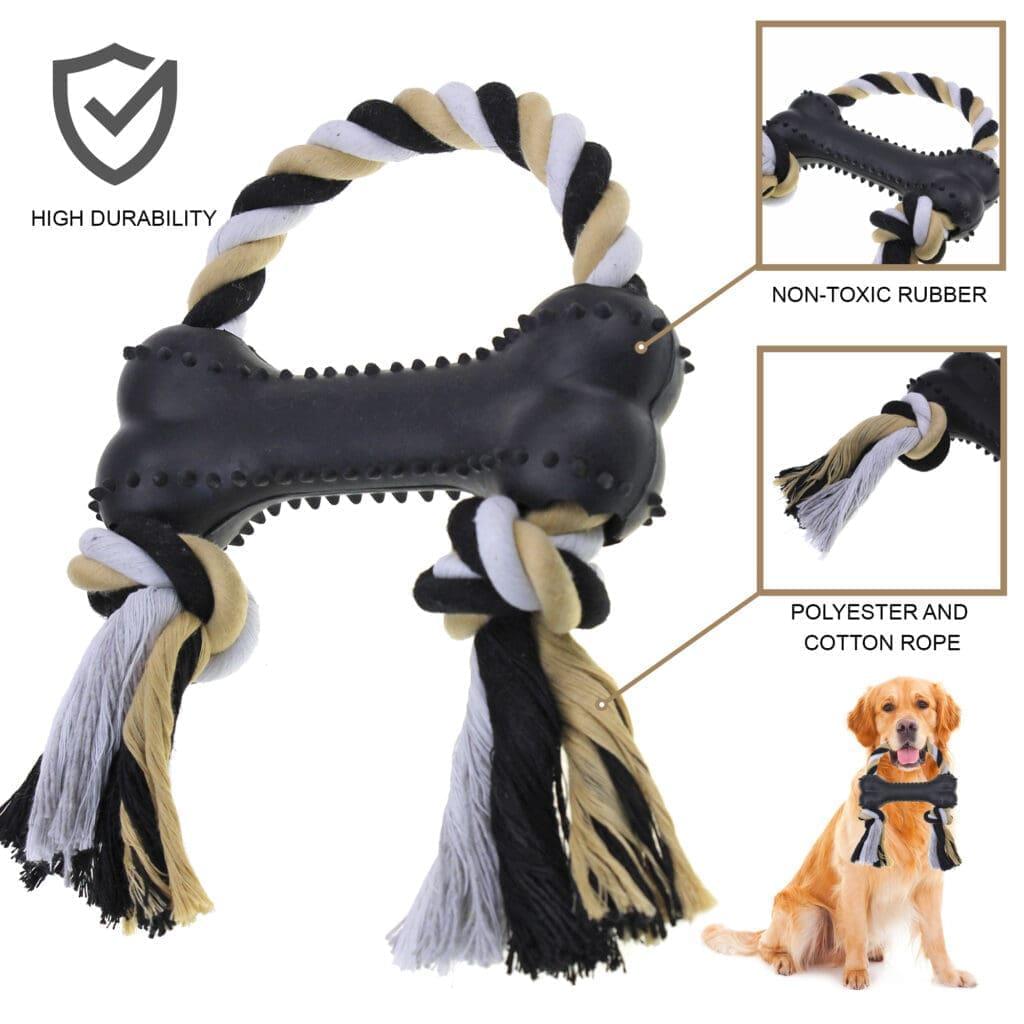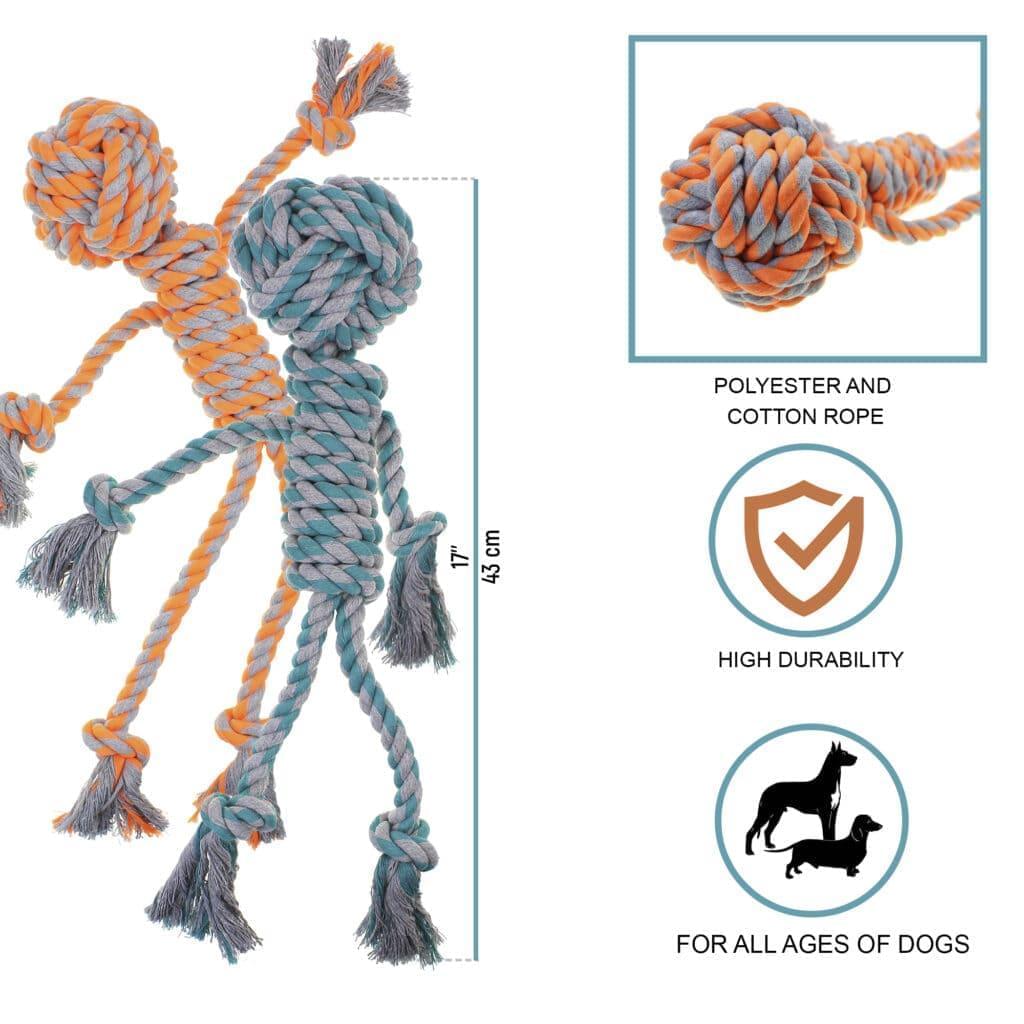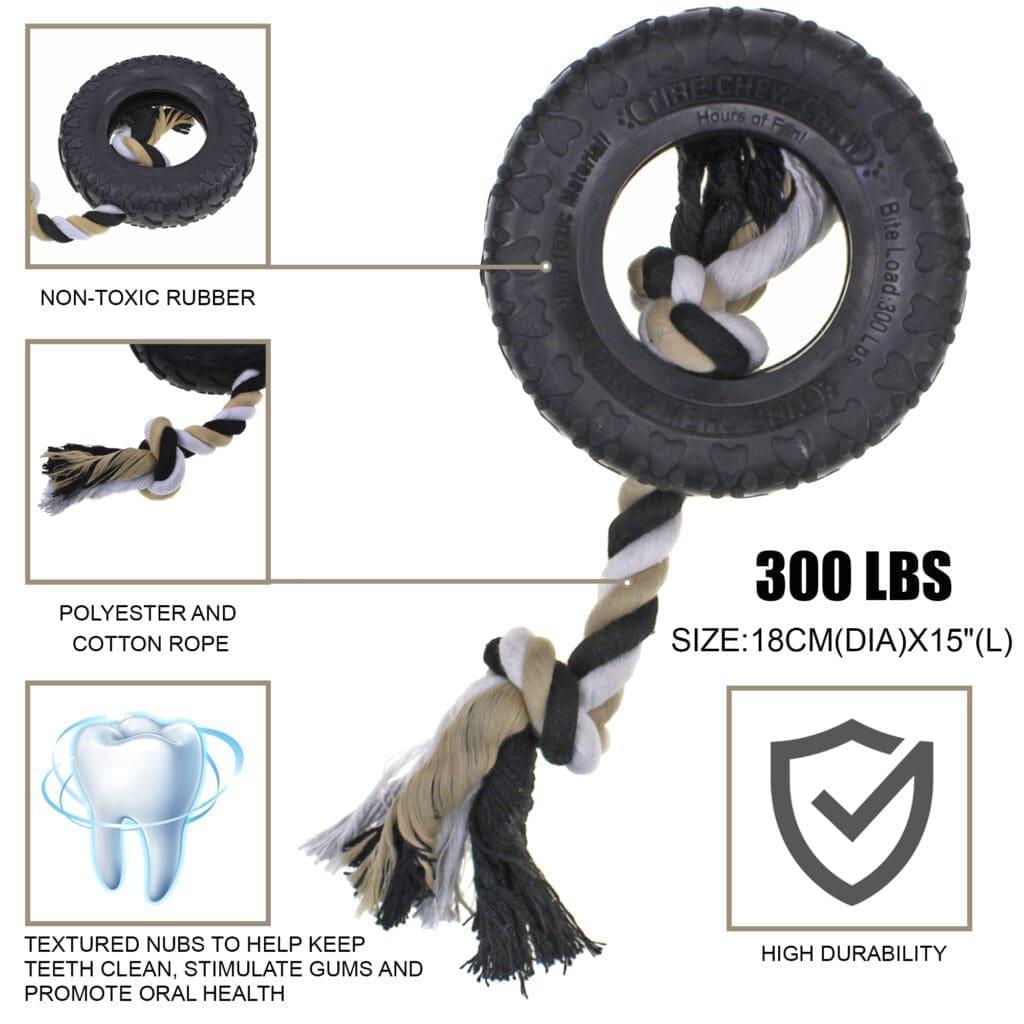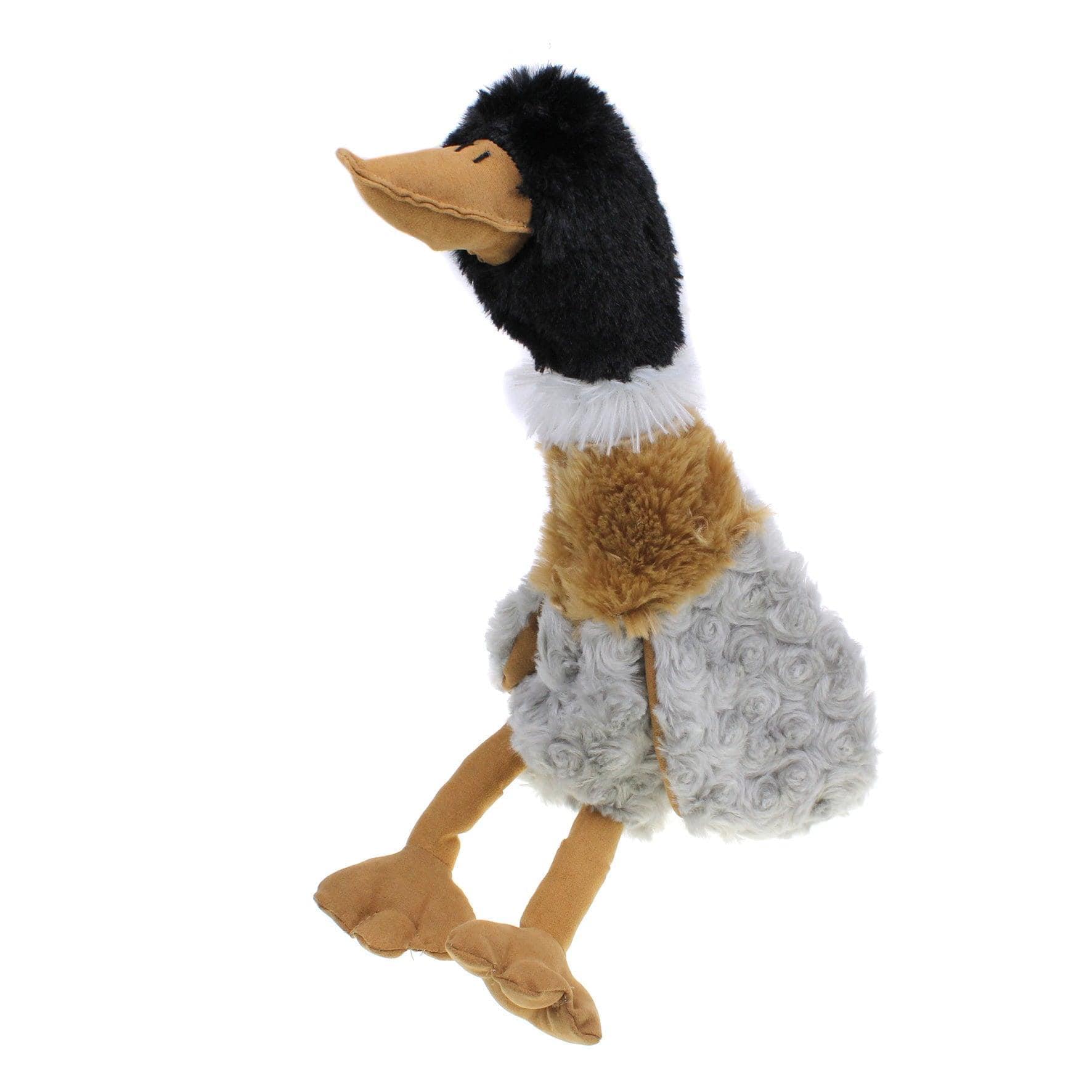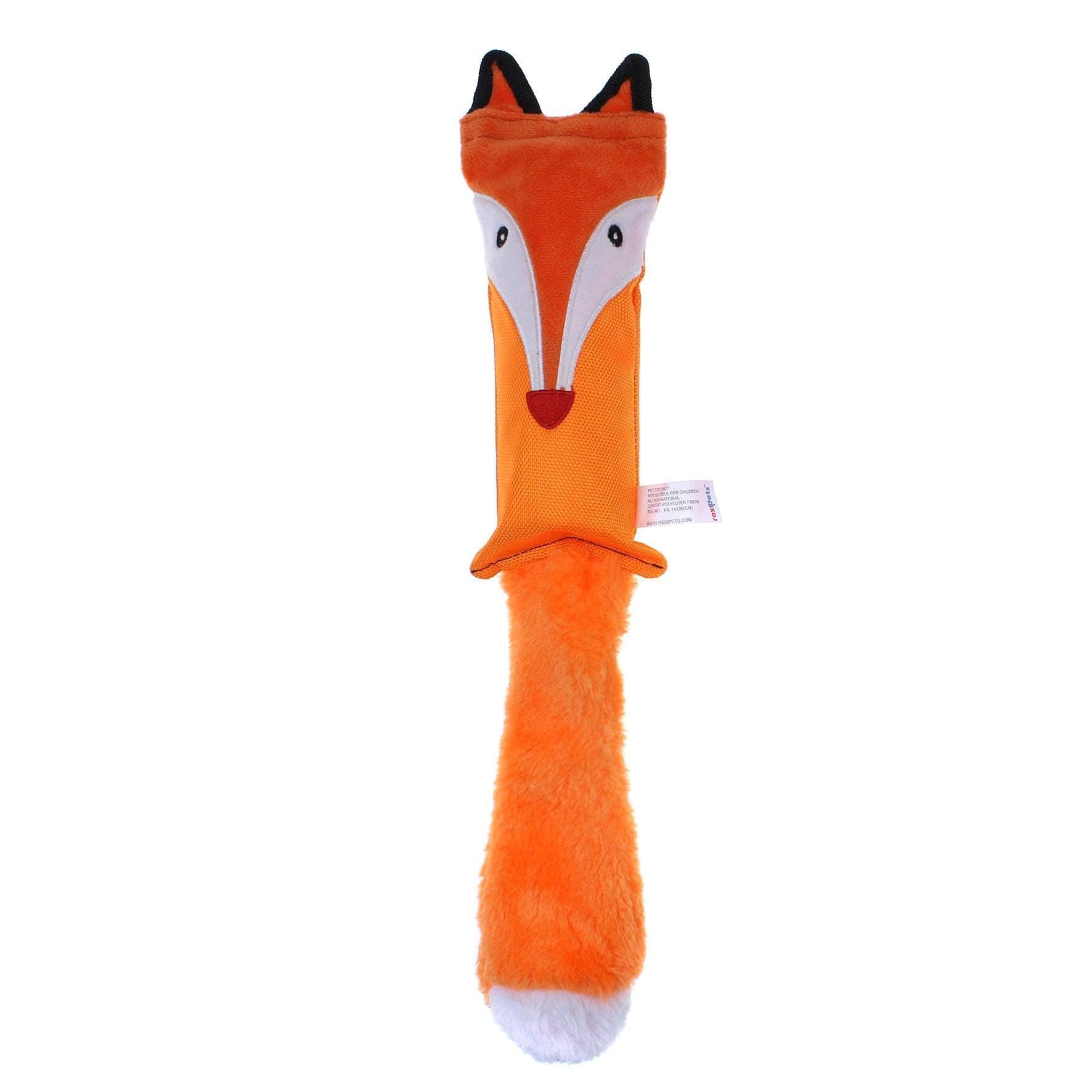As you hear the dog's nails click-clacking on the floor as they walk, you know it's time for a nail trim. Trimming a dog's nail is probably a pet owner's most dreaded home grooming activity. Given the extensive range of dog nail clippers, the task may seem simple, but it's not!
One wrong snip and the procedure can go wrong, resulting in a skittish dog who may never let you touch its feet again. If you accidentally snip the quick, the bloody mess could damage the furniture, carpet, and, above all, the trust in performing your grooming jobs responsibly.
Even experienced veterans can have nail trimming accidents resulting in a dog's bleeding nails. We've prepared this guide to help you stop a dog's nail from bleeding in case of an accident.
Why Do Dog Nails Bleed?

A dog's nail starts bleeding if it's cut too short. Seeing your furry friend in pain can be excruciating, and the bloodshed adds to the anxiety.
When you see a bleeding nail, you must act fast to prevent the dog's nail from bleeding. But you should also know the causes of dog nail bleeding.
Below mentioned are the most common causes of bleeding dog nails:
-
Ingrown Dog's Nails
A dog's nail can bleed if kept too long. Long nails are prone to cracking, breaking, or splitting. Also, a dog's nails can be ingrown just like human nails.
-
Exercise
Nail trims depend on the exercise your dog gets. Dogs who frequently walk or run on hard surfaces do not require nails clipped as much as the ones who exercise.
Dogs who exercise feel uncomfortable while walking or exercising. So, if the nails are not clipped, they result in a bleeding toe.
-
Hook On Items
A dog's paws can quickly hook on cushioning, carpet, or clothes while playing or cuddling. These snags can tear the dog's toenail, causing bleeding.
-
Improper Cutting
Many dog parents are afraid of trimming nails, so they do not cut their dog's nails regularly. Even when they do, they do so quickly or improperly, leaving the dog's nail bleeding.
-
Dark Colored Nails
A dog's nail is a soft tissue that can rupture easily and cause the release of blood from the blood vessels.
If your dog has clear or white nails, it is easier to see the blood veins, but in the case of black nails or dark-colored nails, then spotting the quick becomes challenging. And accidentally cutting it can result in bleeding.
-
Nail Ripped Off / Fell Off
When dogs are playing outside, nails frequently get ripped off. The reasons are often unknown; they might have landed their foot on something uneven like rocks or sticks, which might have pushed the nail up when the foot went down.
If a nail is ripped off, an exposed nail is left behind containing nerves and blood vessels. An injury that exposes the quick causes excruciating pain for your dog. It tears the tissue around the nail, resulting in a bleeding mess.
-
Broken Dew Claw
The small, lightly attached nail on the higher part of your dog's foot is a dew claw placed where the wrist would have been. In some dogs, it's very prominent and well attached, but a small nail is connected to the skin in most.
A broken dew claw is not a big issue if it does not involve the quick, but it is considered a major one if the quick is involved, which may result in painful bleeds. It is treated like other broken nails, but you should seek veterinary care if the problem worsens.
How to Stop Dog Nail Bleeding?
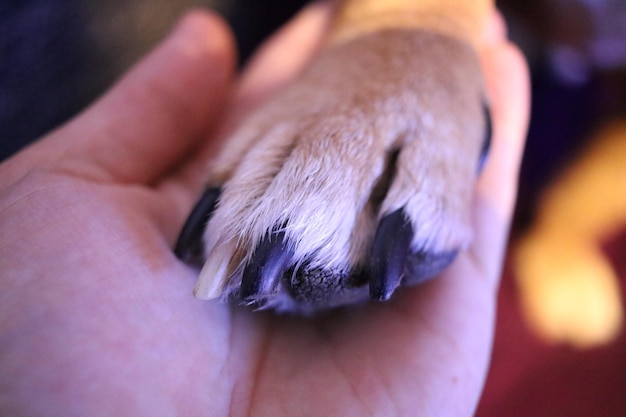
As discussed above, there are several reasons for dog nail bleeding. As a pet owner, at some point, you will have to deal with injuries related to dogs' toenails. Some injuries would be bleeding badly, whereas others would result in minor bleeding.
The critical factor is not to panic; mistakes happen. Stay calm and keep the dog calm. It is less stressful for both parties if you knew how to deal with an injured toenail.
Below are some of the best ways to tend to pet nail injuries.
-
Apply Direct Pressure and Styptic Powder
When you see that your dog’s nail is bleeding, get a clean, dry cloth. Put slight pressure on the nail, holding it for 2 minutes. A blood clot will be created after 2-3 minutes when you apply direct pressure on the wound.
Then, dip the affected paw in the styptic powder or cornstarch. This should slow bleeding. Repeat the process until the toenail stops bleeding.
Styptic powder may sting a little, so your pup might squirm for help. Be mindful of staying calm so that you can calm your dog. Also, do not wipe away the blood on the paw before you dip it; the styptic powder will make the blood clot and stop the blood flow.
-
Icing Works Wonders
Icing contracts the blood vessels and slows the bleeding, so a practical icing session could work wonders in stopping the bleeding.
How do you go about it? It's a simple two-step process:
- Put some ice cubes on a dry clean cloth to prevent direct contact with the dog's skin. Apply pressure to the affected nail and hold for five minutes.
- Repeat the process at five-minute intervals till the bleeding stops.
-
Use Bandages
If the bleeding persists after trying all possible measures, take bandages and wrap around the wound to escalate clot formation, eventually healing the dog's nail.
Also, covering the wound would prevent your furry friend from licking the injured toenail and avoid further harm. Further, bandages ensure good blood flow, which eventually leads to blood clots.
Symptoms of a Bleeding Nail in Dogs

It's obvious when a dog has a problem with the toenail because they most likely leave blood drops on the floor if the wound is fresh. Some dogs limp if they have a toenail injury, while others might lick their injured paw excessively.
Symptoms behind a bleeding nail in dogs may also include:
- Broken or split nails
- De-shaped or deformed nails
- Brittle nails
- Formation of crust around the base of the nail
- Discharge around the nail bed
- Ingrown toenail
- Overgrown toenail
- Redness or swelling of the paw
- Change in color of the nails.
- Biting at the nails and paws
- Yelping or moving their paw away on touching
You should seek veterinary care if you see a change in your dog's toenails, especially when multiple toes are involved. Many underlying issues are nutritional, metabolic, or hormonal, as well as the toenail injury itself, which can adversely affect the toenail's health.
ProTip: How To Stop Dog Nail Bleeding Without Styptic Powder?
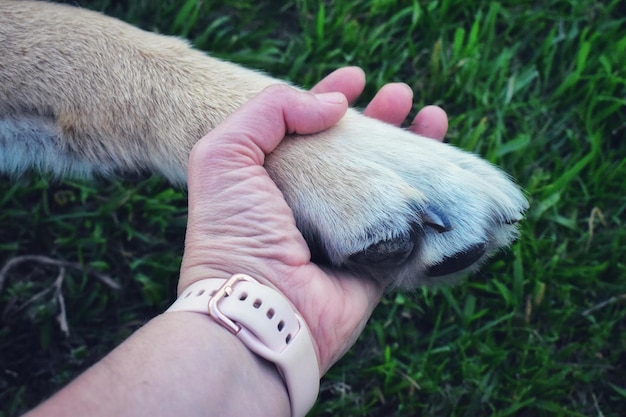
Styptic powder is the best remedy for managing injuries related to the dog's toe. Stay calm and take a deep breath; natural remedies can help, too. Mix cornstarch and baking soda for DIY home remedies for lesser nail injuries.
It's always best to keep such items close to your nail trimmers before you start the process so you don't have to rush in case of accidents. And always keep your dog's nails trimmed.
Final Words

Trimming your pup's nails is as essential as cutting your own nails. Some pet parents are afraid to perform the nail trims as they find the process stressful. Accidents can happen, even by experts; the key is not to panic and to stop bleeding efficiently.
You can prevent the dog's nails from bleeding by taking preventive measures. But in case an accident happens, it is crucial to handle the situation like a pro, with utmost calm. Try to have an intelligent approach, given the severity of the problem. Make sure you attempt every means to stop the bleeding.
If you still feel uncomfortable trimming your dog's nails, let the experts handle it. Check out RexiPets, the ultimate online pet store for hygienic grooming services for your pet dog.
We have clippers that are good for dark nails and do not result in a bleeding toenail. Visit our website for more information.










